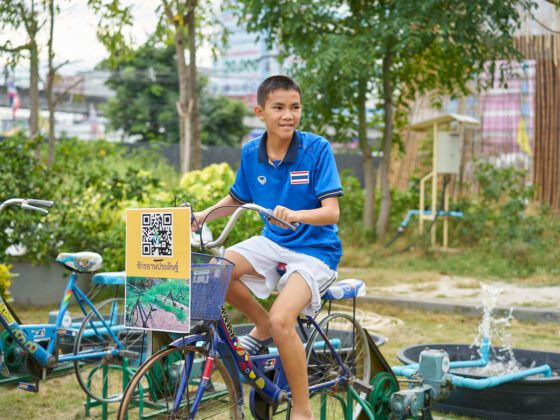A world of increasing energy demands and diminishing resources must necessarily seek novel sources of power.
Renewable energy has been a perennially popular topic of conversation in recent years, but the idea far predates all talk of “peak oil”: For example, both wind and solar power are centuries-old ideas. US Patent number US389124, “Solar Cell” dates from 1888, while wind energy is older still: In Europe, windmills have been used to grind grain for much of the last millennium. (However, a windmill was first used to produce electricity relatively recently, in the year 1887 in Glasgow.)
Alternatives to fossil fuels and other nonrenewable resources continue to be developed today. Here are 8 of them. Though many involve considerable startup costs and are not really implementable on a large scale, they nonetheless represent exciting new directions of thought. Let’s optimistically hope that they’ll help steer energy production towards a more sustainable future (through cool engineering).
